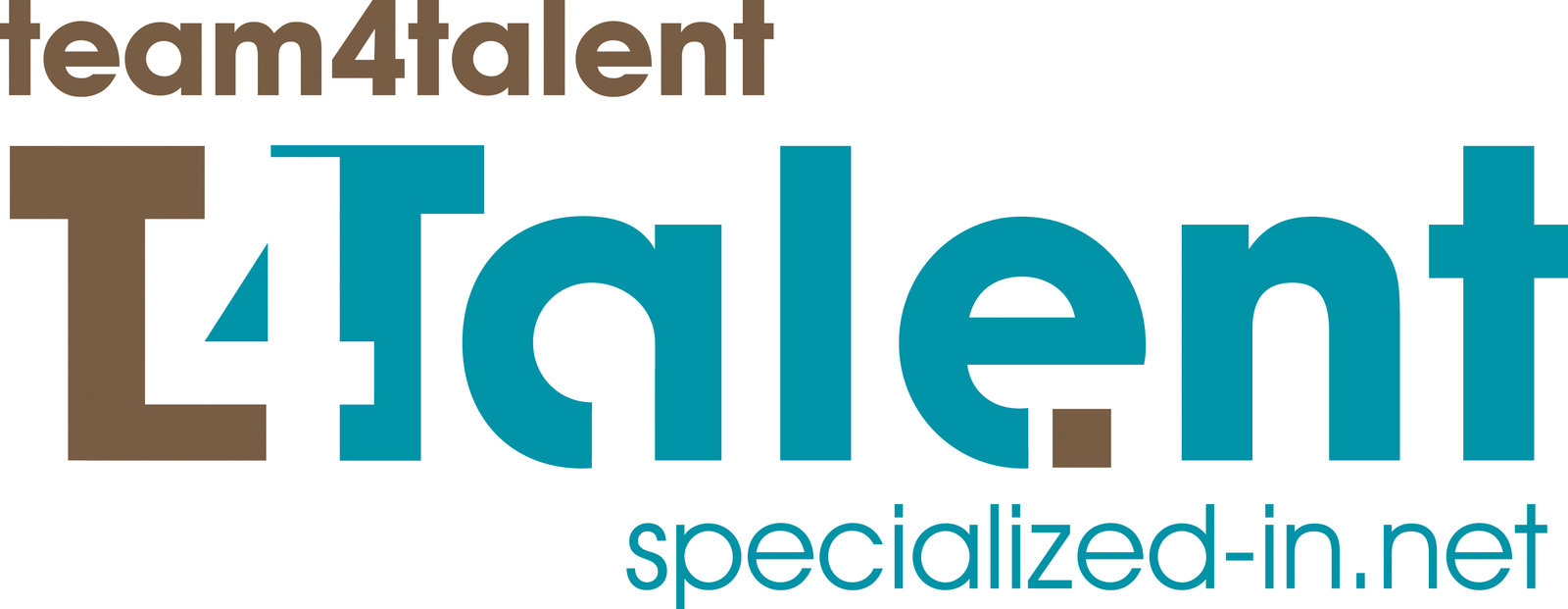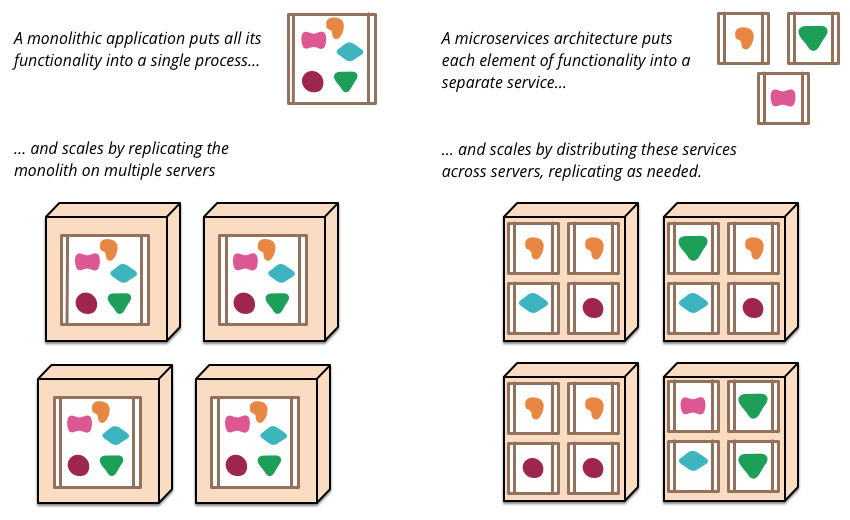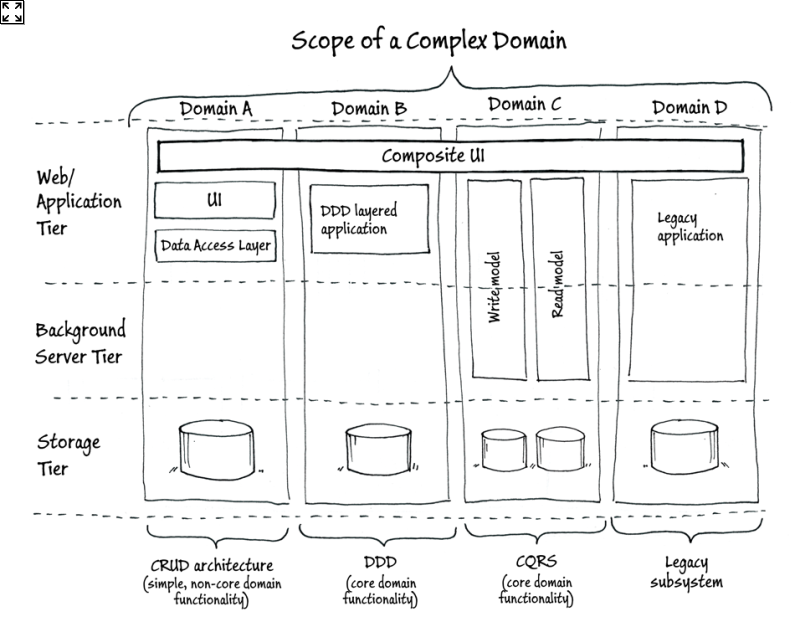Architecturing Architectures with NServiceBus

NServiceBus



NServiceBus
- Lightweight framework for designing distributed systems in .NET
- An Enterprise Service Bus
- Helps to make distributed systems more:
- Scalable
- Reliable
- Extensible
- Services and support provided by Particular
- Open Source but not free
- Binaries available through Nuget
Website
OrderService
PlaceOrder(order)
Request Order
Response OrderId
Synchronous
The website is blocked while calling the Order Service
Remote Procedure Call
Website
Message Queue
Message: PlaceOrder
Asynchronous
The website is NOT blocked while the place order is processed
Message oriented architecture
Windows Service
Process the PlaceOrder message
Connect
Receive
PlaceOrder

Messages in NServiceBus
- Just simple .NET classes with properties (POCO)
- 2 Types of messages
- Commands
- Do Something: PlaceOrder
- Sent from one (or more) senders, processed by one endpoint
- Implement ICommand
- Event
- Something has happened: OrderWasPlaced
- Published from one sender, processed by several endpoints/subscribers
- Implement IEvent
- Commands

Queue(eueueueu)s
- FIFO datastructure for storing and retrieving messages
- Default queue in NServiceBus is MSMQ
- Support for
- ActiveMQ
- RabbitMQ
- SQL Server
- Windows Azure Queues
- Windows Azure ServiceBus
- One endpoint has one queue, send-only endpoints do not have queues

Using NServiceBus to integrate systems
CQRS
Command and Query Responsibility Segregation
CQS
"Command Query Separation" describes the principle that an object's methods should be either commands or queries. A query returns data and does not alter the state of the object; a command changes the state of an object but does not return any data. The benefit is that you have a better understanding what does, and what does not, change the state in your system.
CQRS
CQRS is simply the creation of two objects where there was previously only one. The separation occurs based upon whether the methods are a command or a query. A command is any method that mutates state and a query is any method that returns a value.
-Greg Young, CQRS, Task Based UIs, Event Sourcing agh!
CustomerService
void MakeCustomerPreferred(CustomerId)
Customer GetCustomer(CustomerId)
CustomerSet GetCustomersWithName(Name)
CustomerSet GetPreferredCustomers()
void ChangeCustomerLocale(CustomerId, NewLocale)
void CreateCustomer(Customer)
void EditCustomerDetails(CustomerDetails)
CustomerWriteService
void MakeCustomerPreferred(CustomerId)
void ChangeCustomerLocale(CustomerId, NewLocale)
void CreateCustomer(Customer)
void EditCustomerDetails(CustomerDetails)
CustomerReadService
Customer GetCustomer(CustomerId)
CustomerSet GetCustomersWithName(Name)
CustomerSet GetPreferredCustomers()
CQRS
CQRS is a simple pattern that strictly segregates the responsibility of handling command input into an autonomous system from the responsibility of handling side-effect-free query/read access on the same system. Consequently, the decoupling allows for any number of homogeneous or heterogeneous query/read modules to be paired with a command processor.
In simple terms, you don't service queries via the same module of a service that you process commands through. In REST terminology, GET requests wire up to a different thing from what PUT, POST, and DELETE requests wire up to.
—Clemens Vasters (CQRS Advisors Mail List)
So... Simple! Right?




MS: A CQRS Journey


Event Sourcing

Still simple?





Eventual consistency
Aggregates and object-relational mapping layers
Aggregates and event sourcing
Commands and optimistic concurrency
Modelling intent
Concurrency and aggregates
idempotent messaging
Out-of-order messages
Event versioning
SAGA
Communicating Between Bounded Contexts
Anti-corruption layer






MicroServices




NServiceBus
By Tim Sommer
NServiceBus
- 1,557




